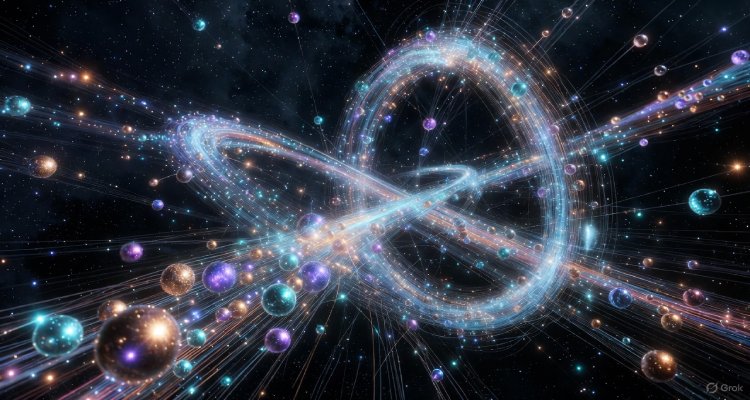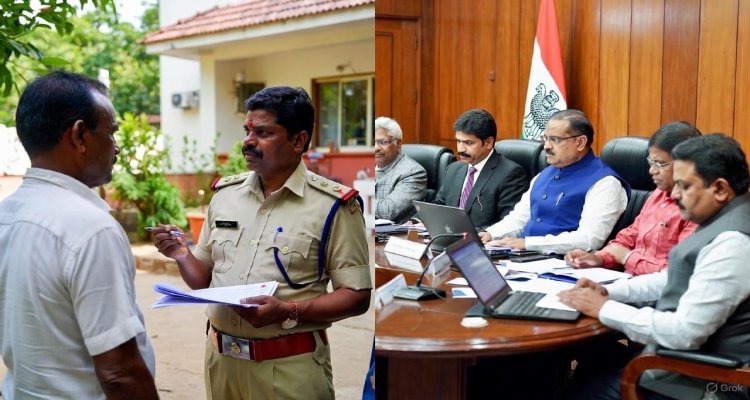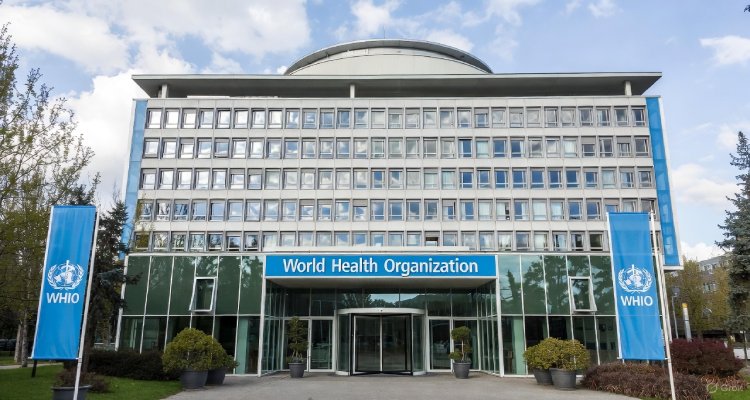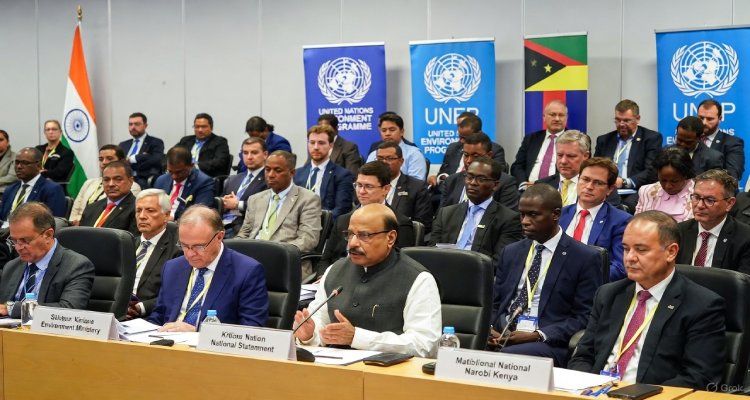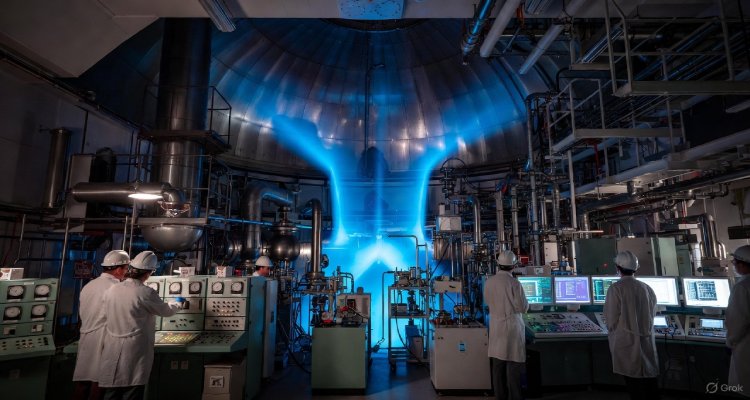Key Outcomes of PM Modi’s Visit to Japan
Prime Minister Narendra Modi’s visit to Japan strengthened the India-Japan partnership with new investment, defense ties, AI cooperation, and cultural exchanges.
A Renewed Chapter in India-Japan Relations
Prime Minister Narendra Modi’s two-day official visit to Japan (August 29–30) marked a pivotal moment in the 15th India-Japan Annual Summit. Hosted by Japanese Prime Minister Shigeru Ishiba, the summit underscored the enduring partnership between the two Asian democracies. Both leaders emphasized their commitment to shaping a strategic, forward-looking partnership designed to address mutual security, economic resilience, and cultural ties in the coming decades.
Historical Context and Strategic Importance
India and Japan share a long-standing friendship rooted in cultural exchanges, economic collaboration, and a shared vision for regional peace. Since the launch of the India-Japan Special Strategic and Global Partnership in 2014, both nations have increasingly aligned their policies on defense, technology, and trade. Against the backdrop of shifting geopolitical dynamics, including Indo-Pacific security concerns and the global race for technological leadership, this summit carried heightened importance.
Major Developments from the Summit
1. Economic Ambitions: A Bold Investment Target
The two Prime Ministers announced a new target of 10 trillion yen (about ₹60,000 crore) in Japanese private investment in India over the next decade. This investment is expected to boost infrastructure, clean energy, digital innovation, and manufacturing sectors, positioning India as a key hub in global supply chains.
2. Defense and Security Cooperation
Security dominated discussions, culminating in the Joint Declaration on Security Cooperation, which upgrades bilateral defense collaboration. With growing challenges in the Indo-Pacific, both nations committed to intelligence sharing, advanced military training, and technology partnerships.
3. Human Resource and Talent Exchange
A new Action Plan for Human Resource Exchange and Cooperation was unveiled, enabling mobility for over 500,000 personnel in five years. This includes 50,000 skilled Indian professionals heading to Japan—strengthening the workforce in technology, healthcare, and innovation.
4. The Joint Vision for the Next Decade
The leaders adopted a roadmap covering eight key pillars—economy, security, environment, technology, health, people-to-people ties, mobility, and state-prefecture engagement. This comprehensive framework ensures that bilateral cooperation remains holistic and future-ready.
Focused Initiatives Announced
India-Japan Economic Security Initiative
A new framework to enhance supply chain resilience in critical sectors such as semiconductors, clean energy, critical minerals, and pharmaceuticals.
Japan-India AI Cooperation Initiative
A joint effort to strengthen collaboration on artificial intelligence (AI)—including Large Language Models (LLMs), data center development in India, and joint research platforms between industry and academia.
Key Agreements and MoUs
- Clean Energy & Climate: Joint Declaration of Intent on Clean Hydrogen and Ammonia to accelerate green technology adoption.
- Space Cooperation: ISRO and JAXA signed an implementing arrangement for the Joint Lunar Polar Exploration Mission.
- Critical Minerals: Agreement to build supply chain resilience in rare earths and minerals vital for modern industries.
- Cultural Exchanges: MoU to expand art, heritage, and museum collaborations.
- Environment Cooperation: A framework for climate action, biodiversity preservation, and sustainable practices.
- Wastewater Management: Agreement on decentralized wastewater solutions to strengthen public health and sustainability.
Expert Insights and Reactions
Policy analysts have described the summit as “transformative” for India-Japan relations. According to Dr. Ramesh Chand, a strategic affairs expert, “The convergence of defense cooperation and AI collaboration signals a maturing relationship that goes beyond traditional diplomacy—it is about shaping the Indo-Pacific’s future.”
Business leaders welcomed the 10 trillion yen investment commitment, highlighting opportunities for job creation and technology transfer. Meanwhile, the academic community praised the human resource exchange plan, calling it a pathway to “mutual learning and innovation-driven growth.”
Implications for the Future
The outcomes of this summit are expected to ripple far beyond bilateral relations.
- For India: Boosted investment, talent mobility, and technological upgrades.
- For Japan: Access to India’s large talent pool, expanded market opportunities, and strengthened geopolitical partnership.
- For the Indo-Pacific: A stronger India-Japan axis acts as a counterweight to regional instability, reinforcing free and open trade.
- For Global Challenges: Joint initiatives on AI, clean energy, and space exploration will contribute to solving pressing global issues like climate change and sustainable growth.
Conclusion: A Partnership for the Next Generation
The 15th India-Japan Annual Summit was more than a diplomatic meeting—it was a blueprint for the next decade of collaboration. With bold commitments in investment, security, technology, and cultural ties, the visit showcased how two democracies can co-create solutions for shared prosperity and global stability.
As PM Modi noted, India and Japan are not just partners of the present—they are architects of a future where cooperation defines strength.
Disclaimer: This article is for informational purposes only. It is based solely on the provided headline and structured notes. It does not represent official government communication.


